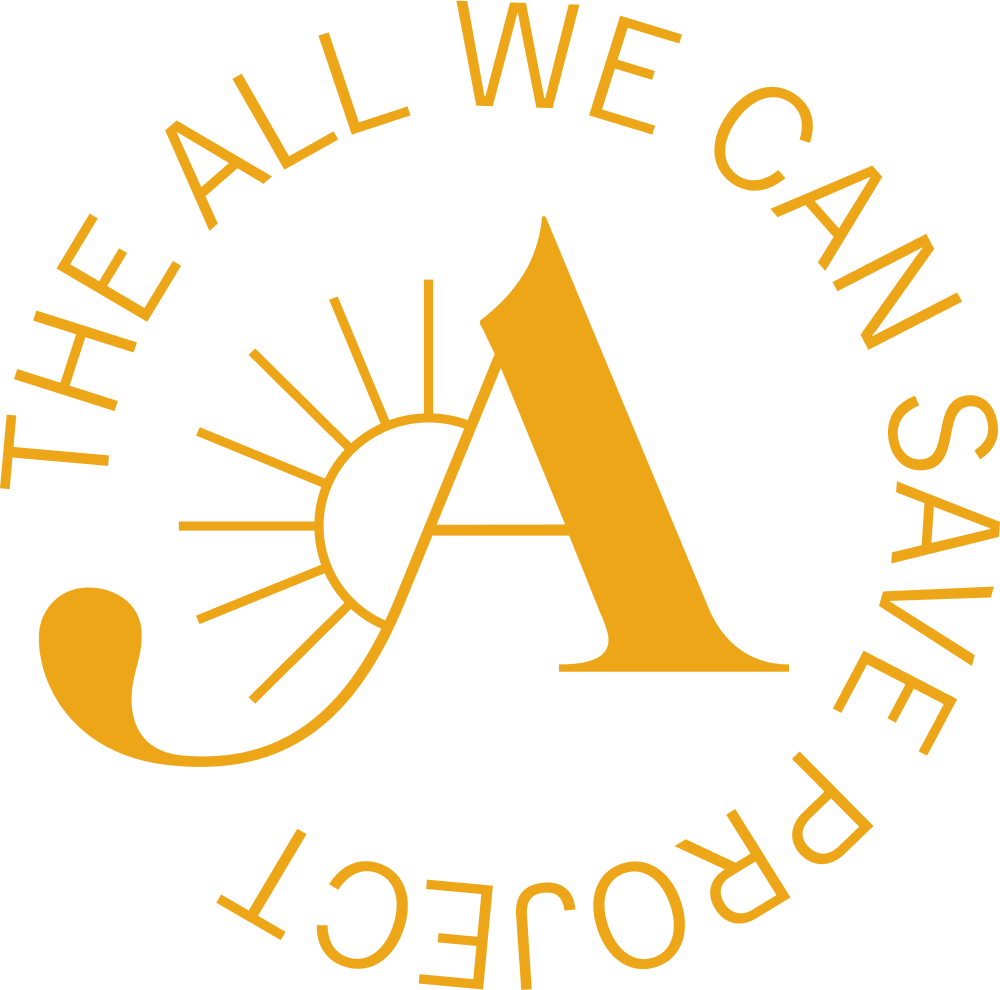For educators teaching All We Can Save.
How to use All We Can Save Circles in the classroom
To forge a just and life-giving future, we need to start conversations, build community, and work towards solutions at every age. Educational spaces are a powerful place to do that. Students need more than the cold facts about the climate crisis — they also need connection and sustenance to be able to move forward together.
That’s where All We Can Save Circles come in.
→ What are Circles?
Circles are an open-source framework of 10 sessions that follow the course of the All We Can Save anthology. They’re designed to nurture connection, encourage generous dialogue, and seed action for climate solutions.
Circles were originally created for self-led small groups of 4–10 people, but this model can also work well in the classroom.
→ What does each Circle session contain?
Each Circle session is designed to help participants reflect and go deeper after reading one section of All We Can Save, using a few different elements. These elements can be used all together (as with traditional Circles) or split up and used separately:
A check-in: This is a quick introductory question/prompt to set the tone, see where students are, and let them gather their thoughts to dive in.
Agreements: These are a set of group agreements to encourage effective and rich dialogue. (They’re introduced in Session 1.)
Discussion questions: Three “generous questions” are designed to invite students not just to reflect on what they’ve read, but also to share deeply about their thoughts, emotions, and lived experiences around climate.
Journal prompt: Each journal prompt is designed to give students space to reflect on what they’ve learned and their own place in climate.
Workplace exploration: These questions are designed to help workplace Circles identify opportunities to bring their organizations into alignment with climate justice. They can also be used to invite students to explore climate solutions at their educational institution.
Supplementary materials: For students who want to dive deeper into the work of a specific contributor, these materials provide a selection of additional writing, videos, and/or audio content by each of the book’s essayists and poets.
In addition, general facilitation tips and guidelines for Circles can be found here.
→ How might I use Circles in the classroom?
Depending on the contours of your course, here are a few ideas for how to use Circles with students:
Bring select discussion questions or journal prompts into your own approach to teaching All We Can Save.
Use the Circles framework as the core structure for a small seminar-style course.
Ask students to do self-led Circles on a weekly cadence, perhaps during designated class time.
To spark broader dialogue on campus, undertake concurrent Circles across a number of courses or as a whole institution.
Encourage student or faculty groups to do Circles to foster greater climate-related dialogue.
Get creative! (And please let us know what works, so we can share with others.)
Support our work.
Together, we are equipping thousands of climate leaders from all backgrounds with the perspective, capacities, and community they need to engage meaningfully on climate, for the long term.



